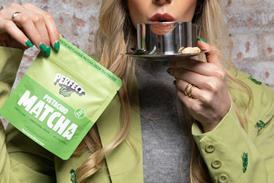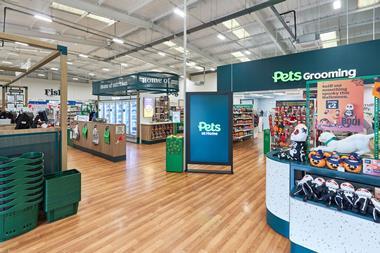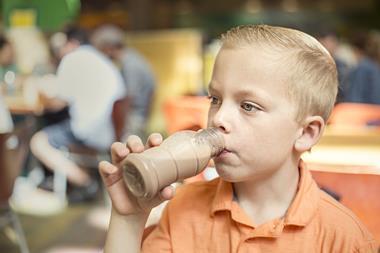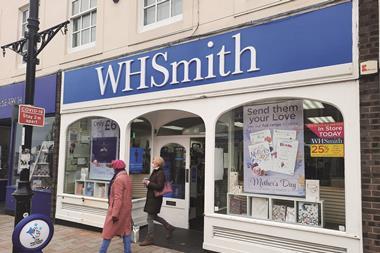The UK faces a pineapple shortage after accidental contamination left much of South Africa's crop potentially toxic to humans.
The fruit contains five times the EU's permitted level of the heavy metal cadmium, which experts say can damage the lungs and kidneys even in microscopic doses, and is now heading for landfill.
Investigators said the poison was contained in a rogue batch of fertiliser imported from China, which was spread across Eastern Cape plantations.
The disaster is a major blow to the global pineapple trade, which is already in the grip of an acute supply shortage this year. British importers warned it could send already sky-high prices even higher. "This could cause havoc," said one industry source, who asked to remain nameless. "Growers in Thailand will be watching this and could try to raise prices."
South African growers have, nevertheless, promised contracts with British buyers will be honoured. "Our fruit supply will be lower than budgeted due to the cadmium problem," said Allen Duncan, chairman of the Eastern Cape Pineapple Association. "However, there is enough to ensure loyal customers will be supplied."
The UK is an important market for South Africa's pineapple producers, who export 1,300 tonnes of canned fruit and 1,800 tonnes of fresh product here every year. South Africa would normally can about 100,000 tonnes of fruit, and export 75% of it, but this year will only process 40,000 tonnes.
The impact on growers in South Africa has been severe. A handful face bankruptcy because they cannot sell their crops, and canners have been forced to send workers home. The industry says it is facing losses of at least 70m rand (£5m), and is taking legal action against the fertiliser distributor. It is also seeking damages from the government, which approved the fertiliser without detecting the high cadmium levels.
The problem was detected late last year when Swiss officials tested a shipment of fruit. But the poison has stayed in the soil and contaminated the new crop being harvested now.
Some will still be exported to the US, Japan and Australia, where the ceiling on cadmium content is double that of the EU, at 0.1 milligrams per kg. However, much of the fruit returned levels as high as 0.25mg/kg.

















No comments yet